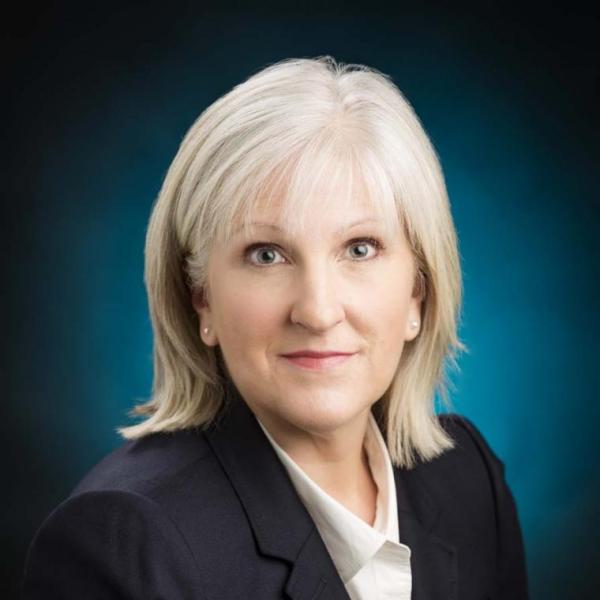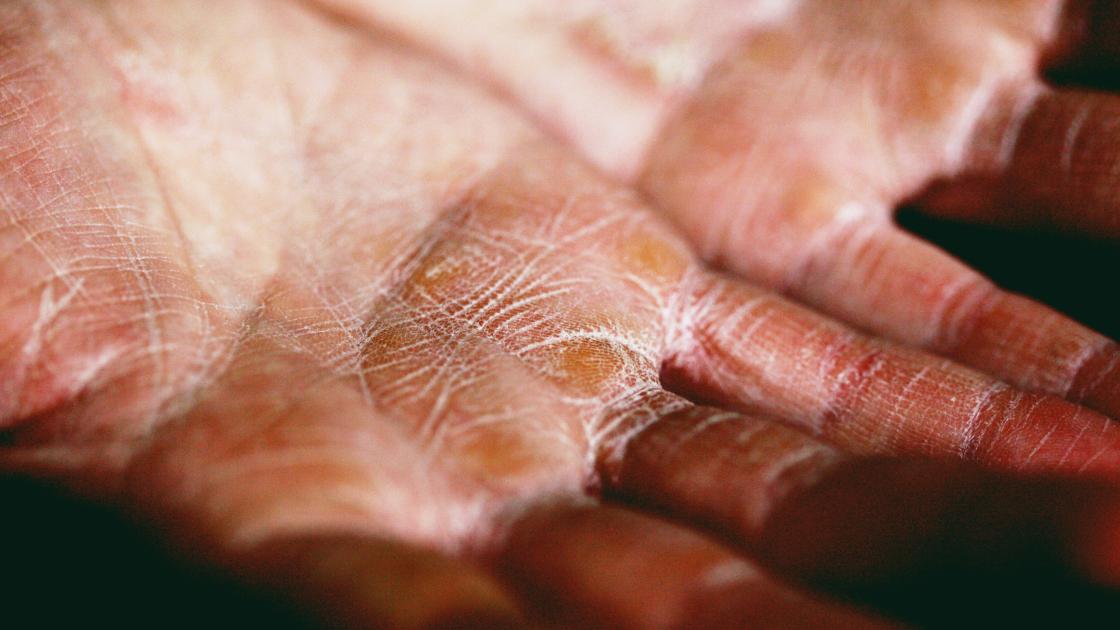
Know the ABCs of skin cancer
As the most common type of cancer in the United States, skin cancer affects 1 in 5 people before the age of 70. Estimates show that on a daily basis in the United States, 50 people die of skin cancer and another 9,500 people will receive a skin cancer diagnosis. Based on these statistics, it's likely that you or someone you know will be affected by skin cancer at some point.
There's plenty of good news, however. For example, did you know that detecting skin cancer early (before it spreads to other tissues and organs) can significantly improve health outcomes? Early detection is so effective that it can improve the 5-year survival rate of melanoma, the deadliest form of skin cancer, to as high as 99 percent!
Detecting skin cancer early means being a "detective" of your own body. In addition to scheduling routine visits to a dermatologist, we recommend checking your skin thoroughly about once per month. Be sure to include areas on your body that aren't typically exposed to the sun. You're looking for moles, spots or any other sort of lesions that appear new, unusual or changing. Use a hand-held mirror to check places you can't easily see, or have a trusted loved one help.
To know what to lookout for, keep in mind the following early warning signs of skin cancer, which are easier to remember using the acronym ABCDE.
A is for asymmetry
Does one half of a spot or mole not match the other? If you drew an imaginary line down the middle of the mole, would the two halves look different? Cancerous moles tend to be uneven or asymmetrical, unlike most benign (non-cancerous) skin moles, which are usually round or oval-shaped.
B is for border
Unlike benign skin moles, cancerous moles often have irregularly shaped borders that appear scalloped, notched, uneven or poorly defined.
C is color
Benign skin moles usually have a uniform shade of brown, but cancerous moles often have multiple colors and shades, including brown, tan, black, white and even red or blue. You should also be on the lookout for any spot that appears much darker than others.
D is for diameter
Cancerous moles can be small early on, and it's important to know that not all skin cancers appear large. However, cancerous lesions often grow larger than benign moles. If you see any spot on your skin that is at least as large as a pencil eraser (around 6 millimeters or ¼ inch in diameter), consider it a red flag.
E is for evolving
Be aware of any area on your skin that looks new or different, especially over time. Skin cancer can change in appearance and quality as it progresses, which may lead to things like a mole that changes size, shape, color, texture or elevation, as well as other symptoms like itching, oozing, crusting or bleeding.
When in doubt, check with a trusted health care provider or a dermatologist.
If you have any concerns about your skin, reach out to a health care provider right away. If it really is skin cancer, then the sooner you'll be able to get an accurate diagnosis and treatment plan—and the better your chances of a full recovery. And even if it isn't skin cancer, you'll get some much needed peace of mind, as well as the chance to talk to your provider about your specific risk factors and prevention strategies.
Do you have concerns about skin health?
Skin cancer is the most common type of cancer throughout the United States, including Southern Illinois. If you'd like to find a doctor who can help you improve your skin health, or if you'd like to schedule a visit with a dermatologist, contact SIU Medicine today.




